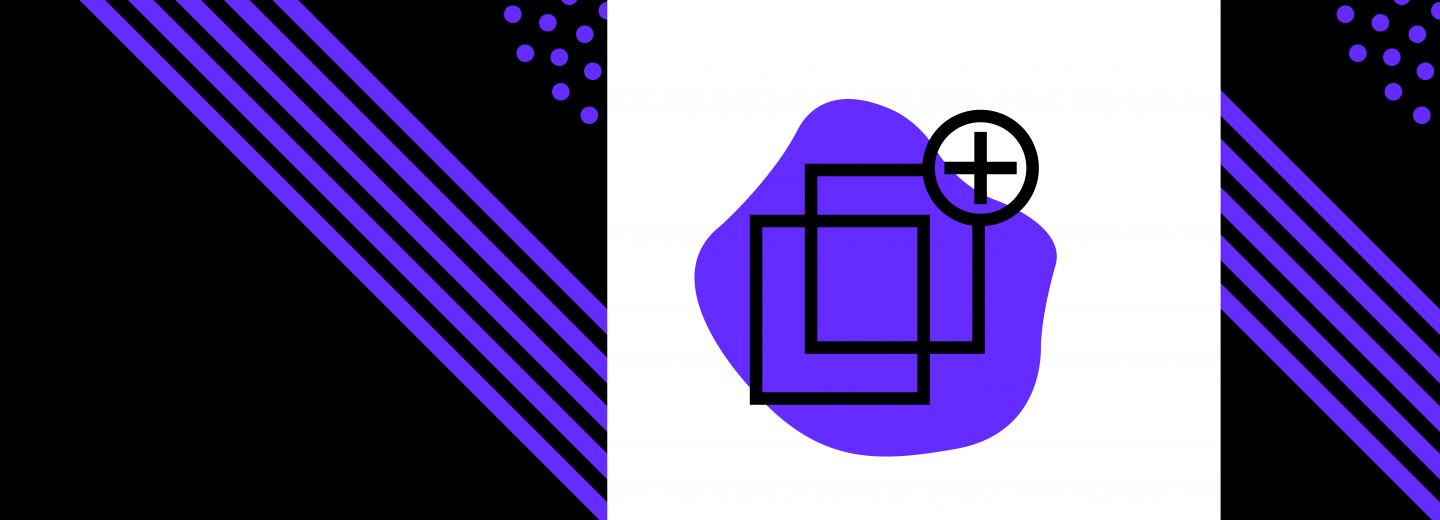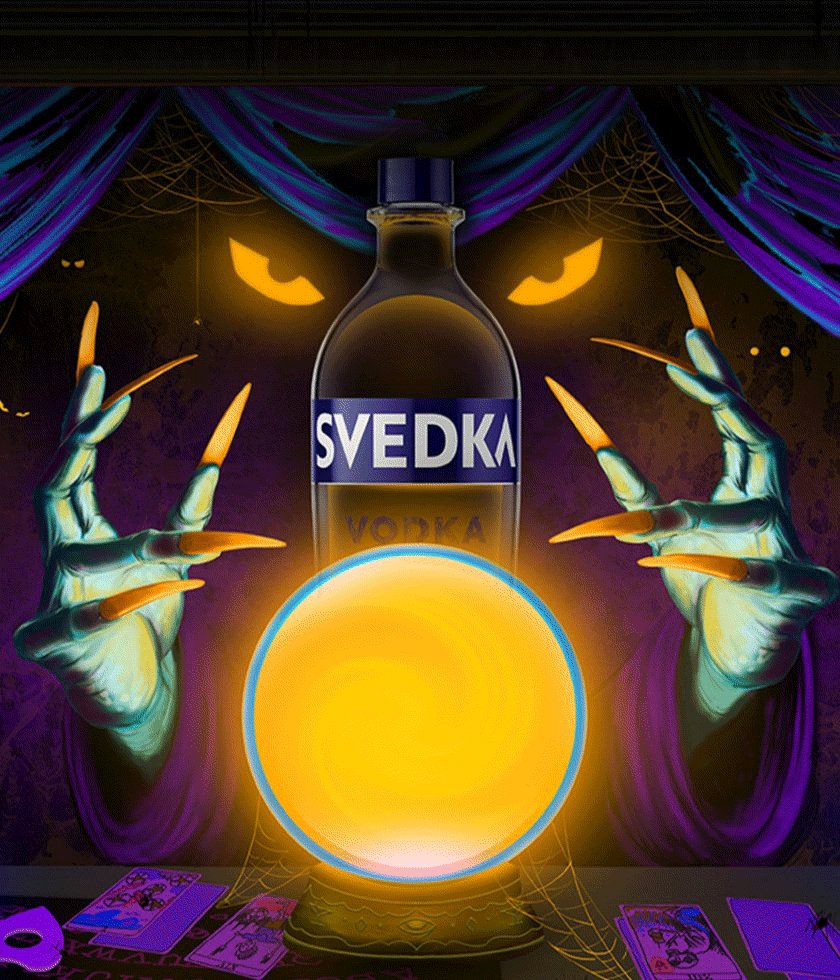Three agency must-haves for project management software

“Be regular and orderly in your life, so that you may be violent and original in your work.”
—Gustav Flaubert
As a mid-size branding and design firm managing a steady (occasionally firehose-feeling) amount of varied client work, we often look to this quote. Although the right-brained, free-spirit in us cringes each time, it’s something we’ve learned to embrace—we cannot do what we do best without regular and orderly processes in place. And finding the right project management software has been a part of this mindset shift.
Customized workflows
In contrast to a big agency with layers of administration and bureaucracy, our team is more nimble. We tailor our approach to each client’s assignment based on their logistical needs and vision for their brand. This means that each project requires a customized workflow and management structure.
Before we start a project we gather the troops—ensuring that the Account Manager, Producer, Creative Lead, and Designers assigned to the project have the right experience and skill set. Next, we plan out every single task, check-in, meeting, and presentation—ensuring that each member of our creative team has enough time to take risks, think big, and produce the highest quality of work.
Being able to formalize our project plan and create specific task lists gives our creative team the freedom to do what they do best—innovate, design, strategize, collaborate, and blow our clients out of the water. And, we knew right off the bat that we’d need software that would be able to adapt and flex with each individual client and project.
Real-time resource management
Entrepreneur Jim John, once said, “Either you run the day, or the day runs you”. As a team of creative thinkers, time management is key to our productivity—it provides us with the structure to harness our creativity and stay on track. That’s why planning is the first step to any project we embark on.
As an agency, though, we are always working on multiple projects at once. This means that we’re constantly making sure that a project’s timeline and resources are not conflicting with another project’s needs. You can imagine that our calendars start to feel a little bit like a game of tetris.
That’s why it was so important to us that our project management software provides real-time resource management—allowing us to update project plans quickly when a deadline moves up, the scope changes, or another team member frees up and can suddenly pitch in.
Streamlined communications
Last but not least, as a collaborative agency, communication is at the heart of our daily operations. When our whole team is working in the office together, there are a lot of impromptu team huddles, shadowing, gathering around a whiteboard, sharing cool innovations that popped up online, reminding each other of upcoming deadlines, or flagging that we need help with an assignment.
When our team went remote at the beginning of the pandemic, suddenly, our impromptu communication style became difficult to keep up with and track. Since then we’ve set office-wide guidelines that clarify what types of information should be communicated via email versus chat, what should be communicated on a video meeting—who should be on that meeting and who is responsible for setting the agenda ahead of time.
Streamlining and organizing our communications allows us all to work collaboratively without distracting from the creative process. So, when it came to selecting software, we wanted to make sure it would integrate key project information and documents into our daily operations—keeping them top-of-mind so that we could spend more time communicating about design and strategy, and less time reminding each other when and how it needed to be done.
After months of hunting, we finally came across this dream software, Forecast—an AI-based platform that more than meets our need for customized workflow, resource management, and streamlined communications. And, although we are still in the early weeks of adapting to it, it’s already been a game-changer.
Unlike other softwares on the market, Forecast allows our Producers and Account Managers to customize the structure of each project—how it’s planned out, which team is working on it, and how financial progress is measured. This increased customization allows us to continue to meet each client’s unique needs and timeline.
The software also gives our creative team greater visibility into how projects are actually running, compared to what was originally planned—and identifies opportunities to improve how we tackle each type of assignment. This allows designers to collaborate more effectively, support each other as needed, and increase the agency’s productivity as a whole.
What’s been even more surprising, is the quality of customer service Forecast has provided during our software transition. Their webinars and trainings allowed us to migrate to the new software smoothly—and, when we did run into hiccups, the team was available almost immediately by the chat feature or via email to answer any questions or help us troubleshoot.
With the right project management software, we feel confident in our internal operations and empowered to continue to improve our workflow and productivity. This move towards order and process is not a trend, but a shift in mindset and culture—one that agencies everywhere need to embrace in order to support a productive, creative, and dynamic workplace environment (whether remote or in-person).


